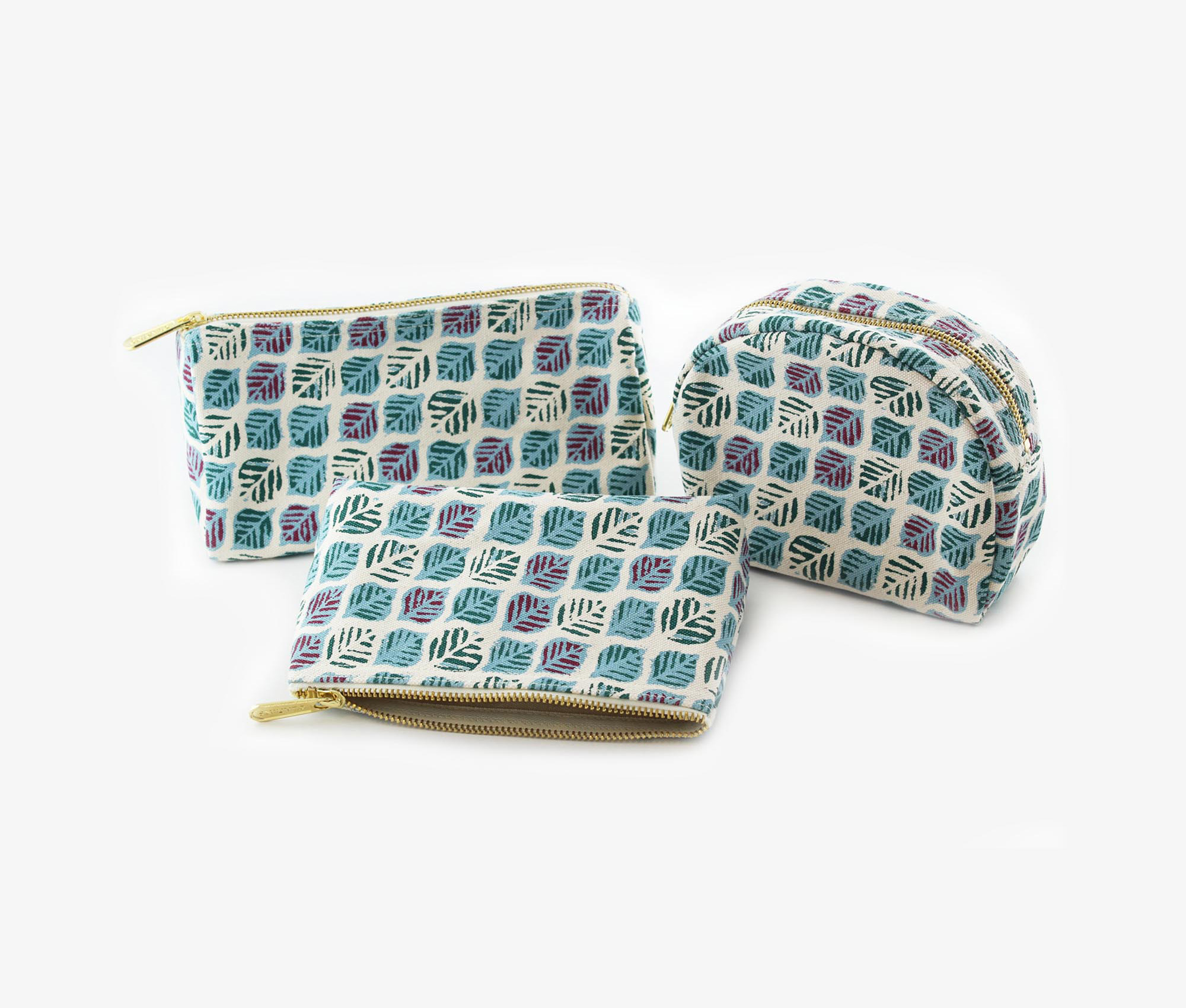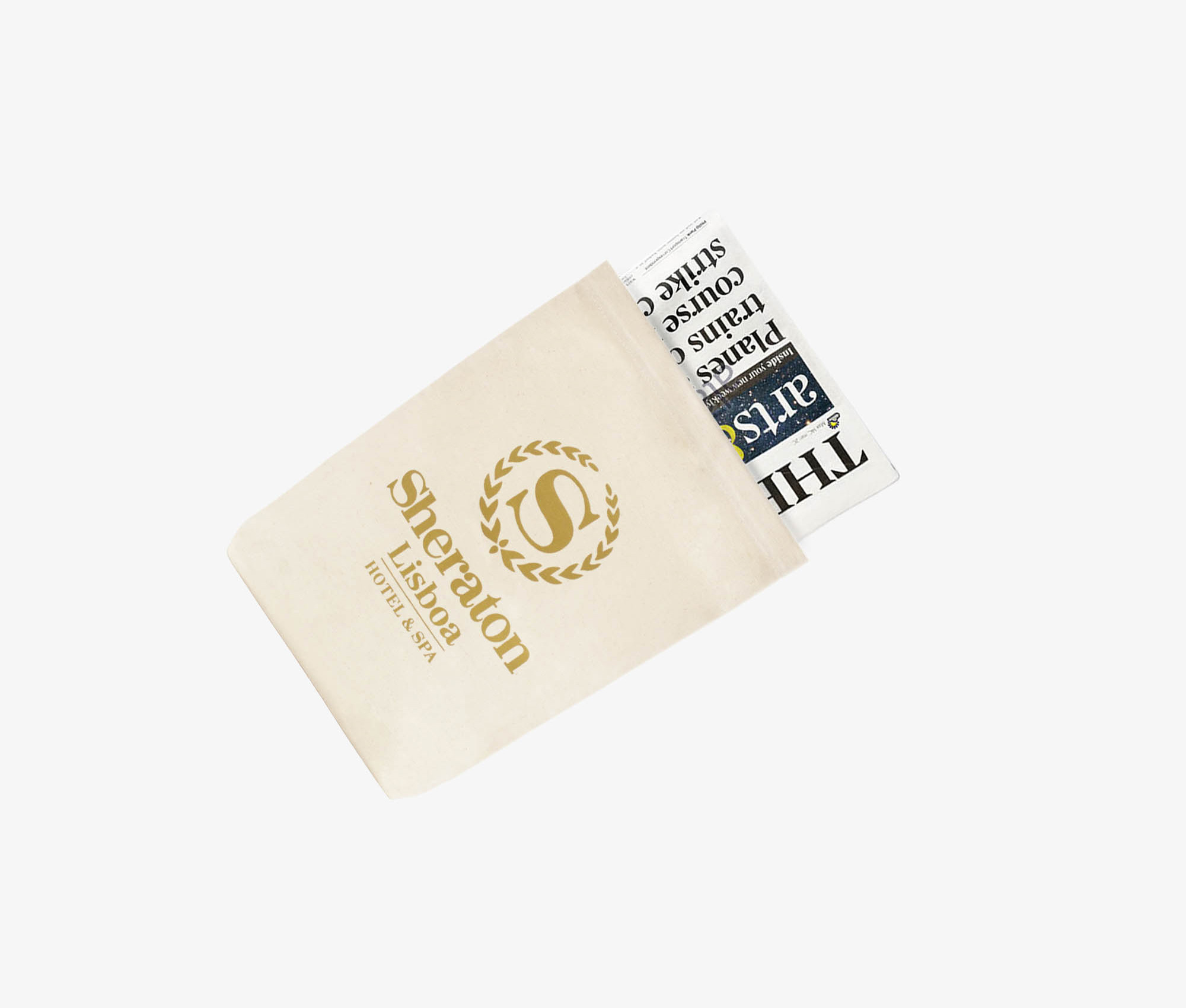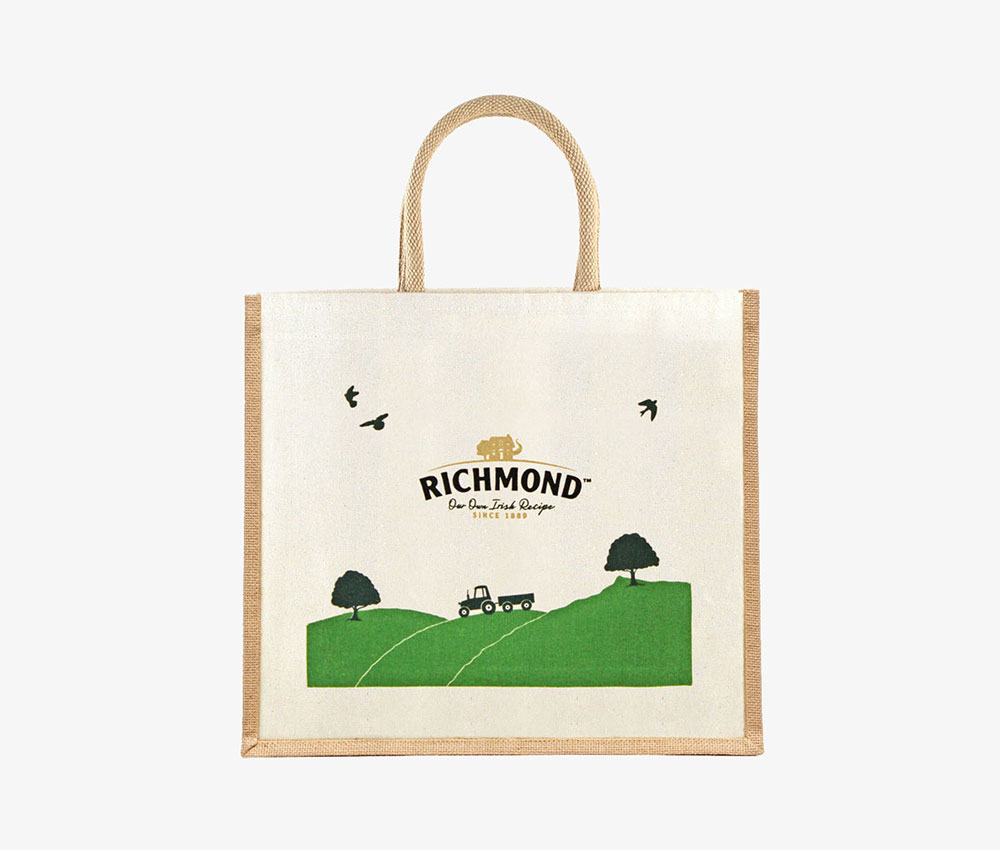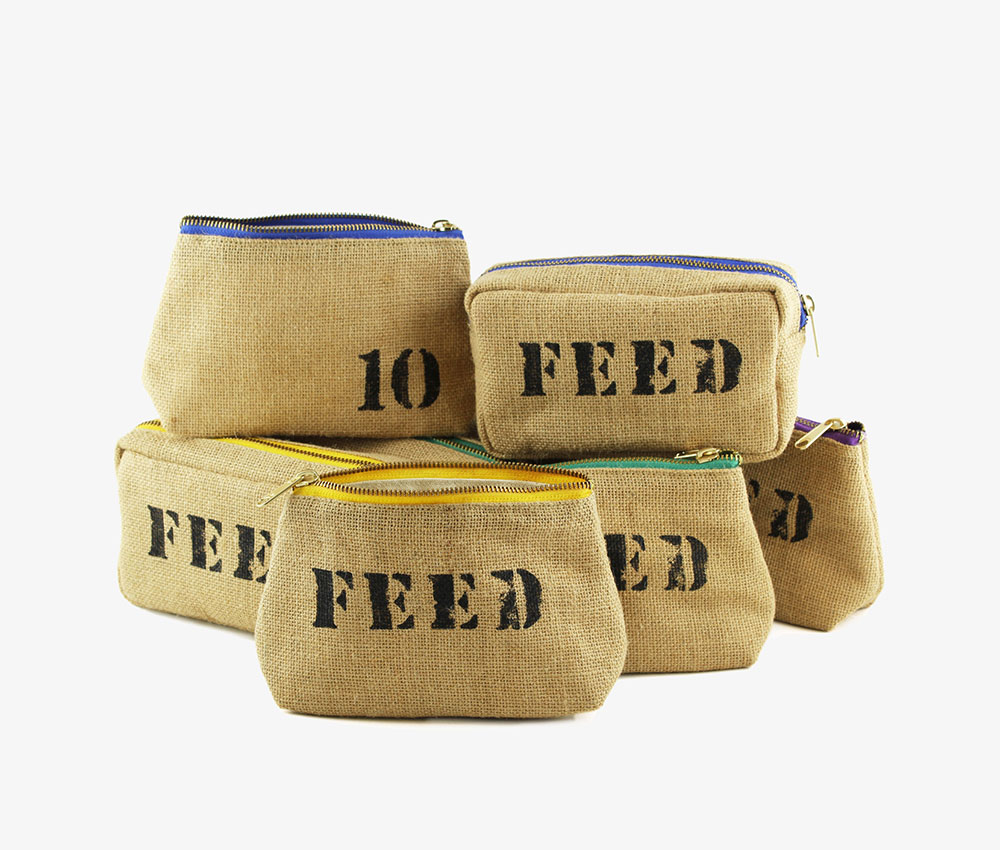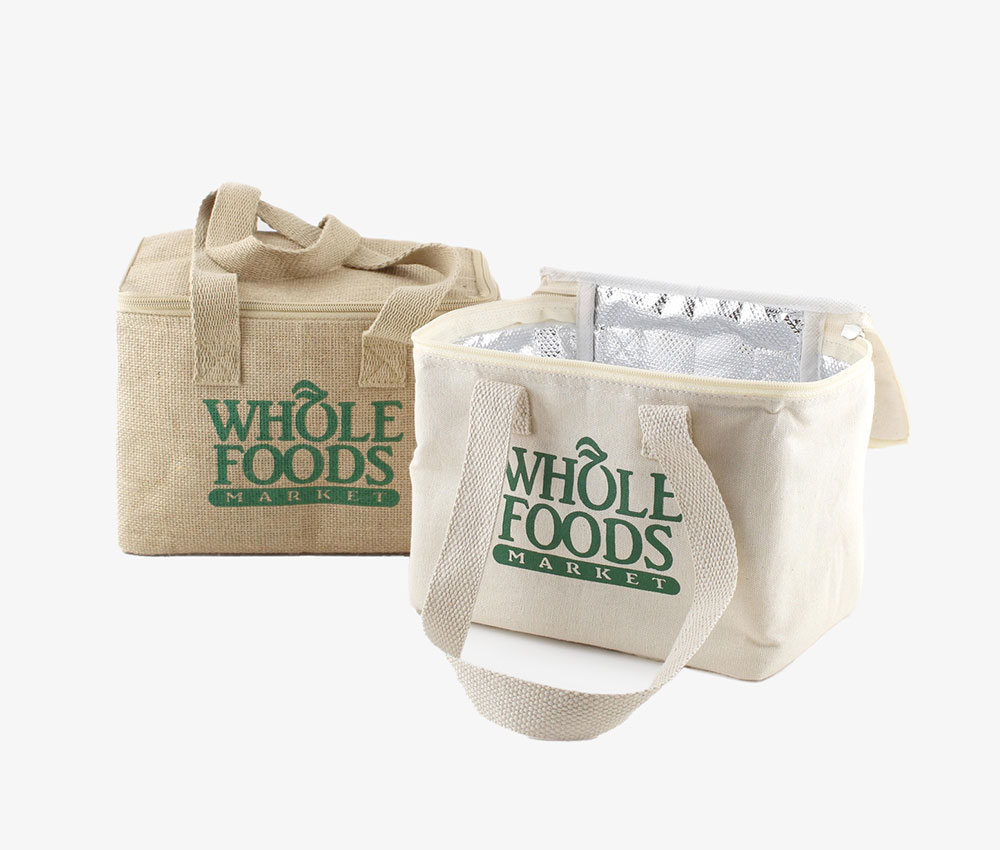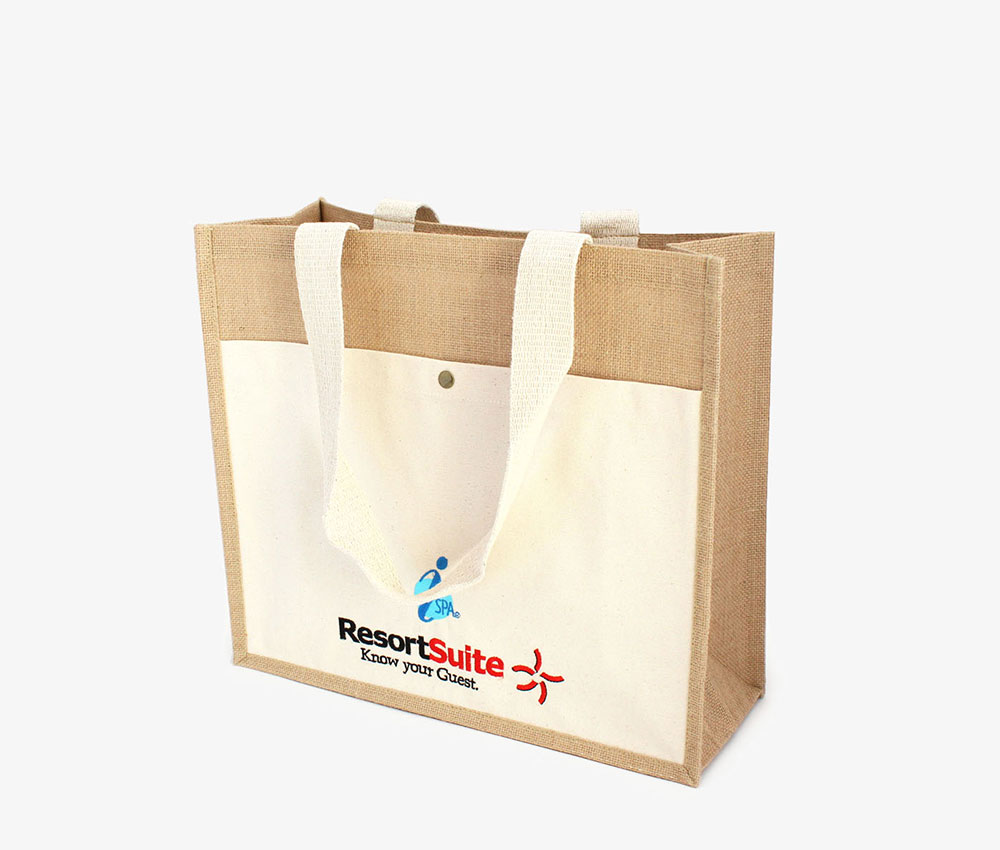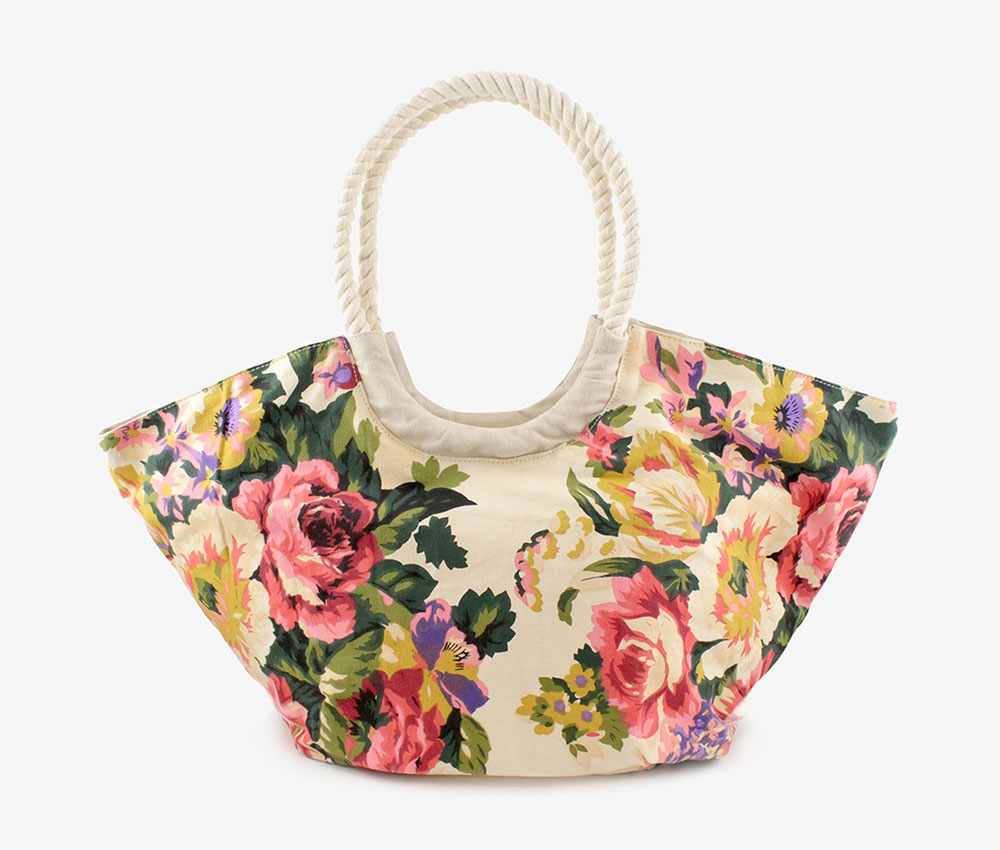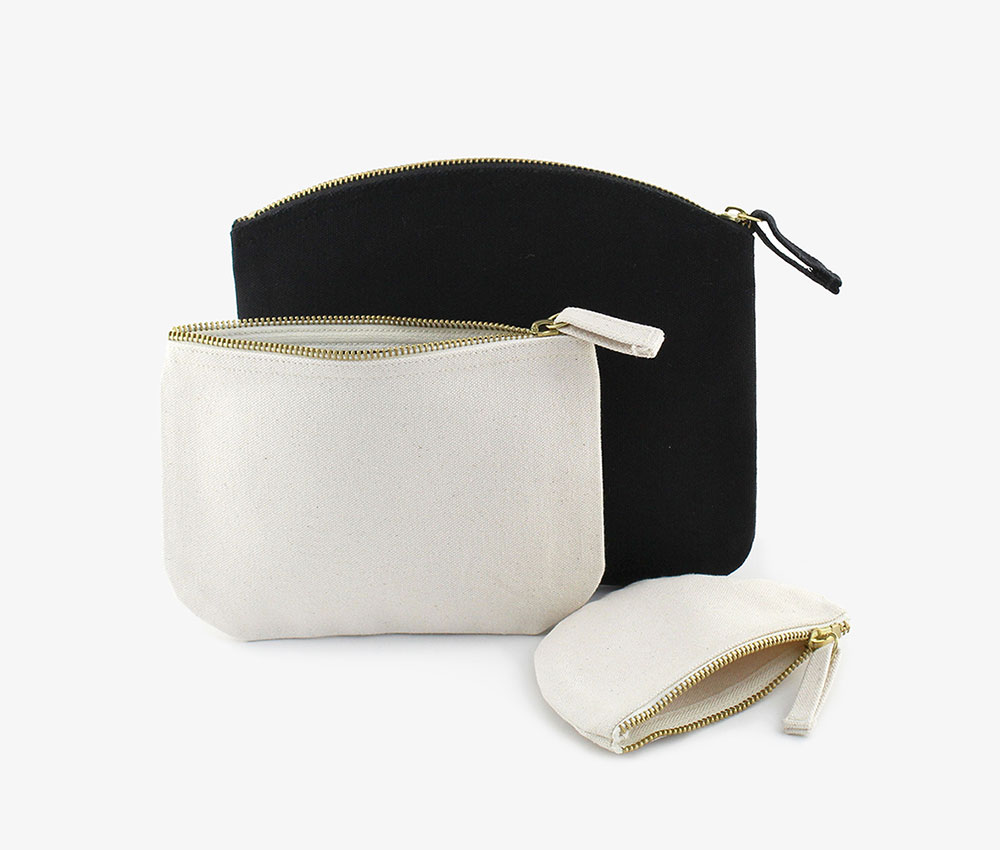Natural
canvas
Canvas is to cotton what cardboard is to paper. By this, we mean that they are both made from the same fibres but one is a thicker, more durable material.
Canvas is plain-woven fabric that has been essential in some of humankind’s most significant milestones, commonly being used to make tents and boat sails thanks to its high water-resistance.
It is made by weaving thick cotton yarns, and sometimes linen, together and is an off-white/beige textile with a few tiny dark spots.
Being such a versatile fabric, canvas is not only used to create everyday items such as bags and home textiles, but it also favoured amongst artists as a painting medium.

Types
of canvas
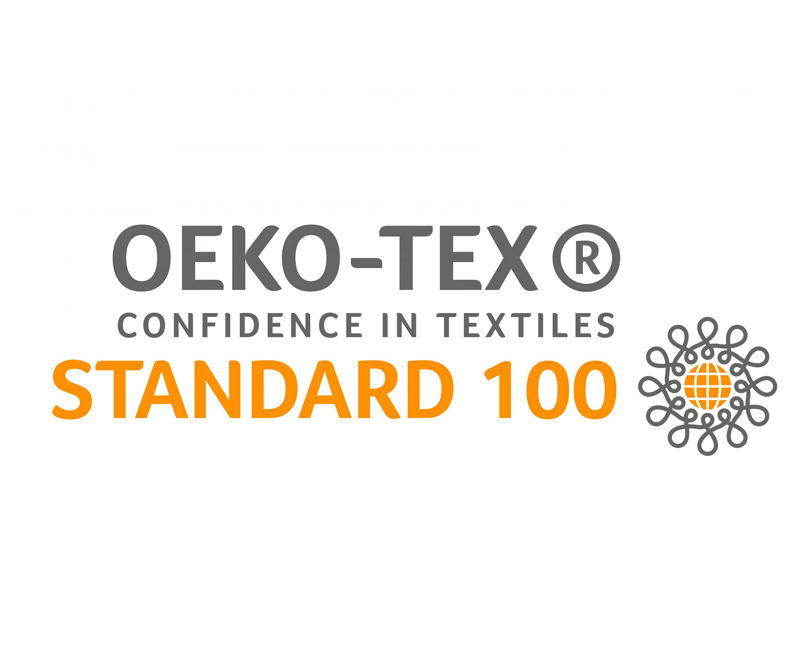
Duck, which comes from the Dutch word for cloth, is more tightly woven than organic canvas and can only be made from cotton. It comes in a range of weights from 7oz to 18oz making it suitable for a wide range of purposes, and it is a sturdy fabric that holds it shape well. Due to its high thread count, it feels and looks a lot smoother than conventional canvas which means it works well for bags.





Need more information about our eco certifications?
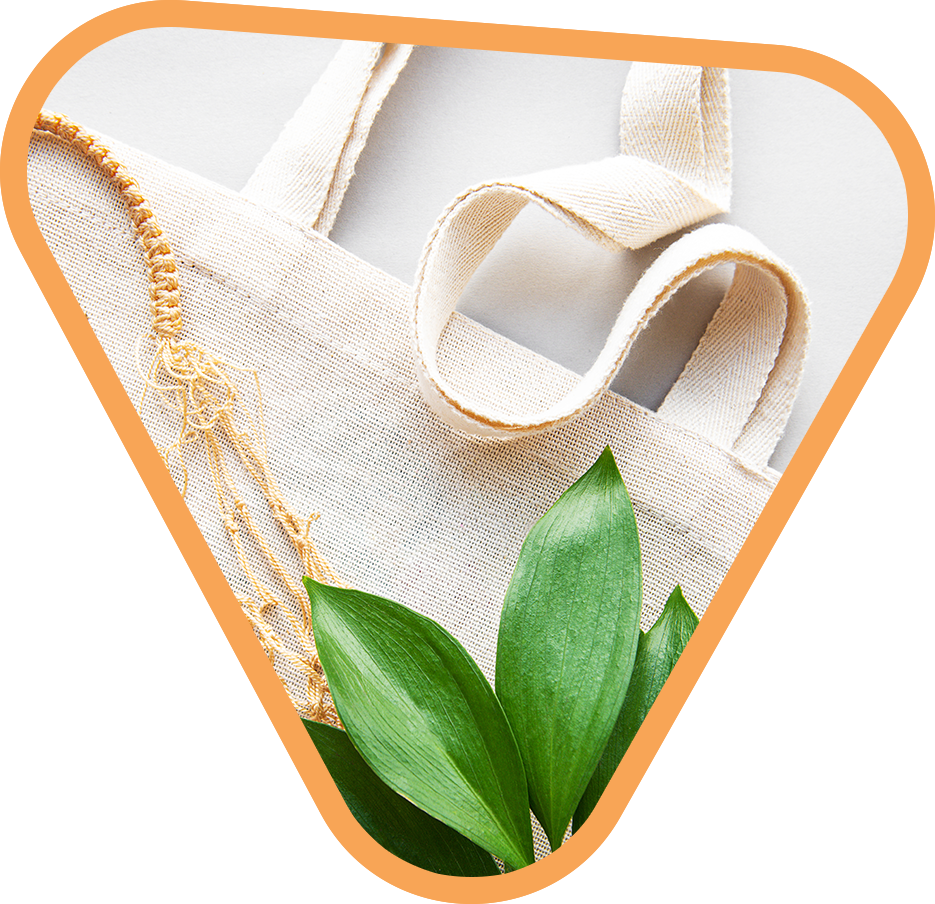
The evolution
of canvas
Canvas takes its name from the Latin word ‘cannabis’ as the material was originally woven from hemp. Although you can still find hemp canvas on the market, this has become a rarity with canvas now being synonymous with cotton.
People in ancient India began weaving cotton into canvas around 1500 BC by twisting two single yarns of cotton together and tightly weaving them to create a thicker and weightier material. The yarn is created using the rougher plant fibres which is why natural canvas is slightly more abrasive than cotton.
Canvas is one of the strongest fabrics in the textile industry and, although it is most known for being a material for painting on, it has become a popular choice for upholstery, accessories, home textiles and bags.
Why we use canvas

It provides the perfect surface for printing and decorating
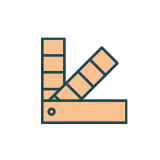
Its colour retention quality is one of the best among woven fabrics
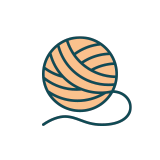
It is a fabric that is easy to care for and requires very little maintenance
It is highly durable and one of the most versatile sustainable materials
Our
canvas products
Are you unable to find the product you’re looking for?
Learn
a little more
Spot cleaning is recommended on canvas to prevent changes in the stiffness or structure of the material from laundering. Natural canvas is also susceptible to shrinkage if put in a washing machine so this should be avoided.
Once it has been cleaned, it should be left to air dry so that the shape of the product is preserved. Ironing and steaming is also acceptable to remove any wrinkles.
Cotton canvas is available in different weights which is determined by the thickness of the yarn that makes up the material. The weight can be measured either in GSM (grams per square metre) or in OZ (ounces per square yard).
This is the lightest canvas weight commonly used for painting but it is also a good option for shopping and tote bags. A slightly thicker canvas and the most popular weight for promotional bags and apparel.8oz (270gsm)
10oz (340gsm)
12oz (406gsm)
18-20oz (610 - 678gsm)
The weaving process is the method of interlacing the threads of a specific material using two basic components known as warping and wefting. The warp yarns run lengthways and are held tensely in place whilst the weft is drawn through and inserted over and under the warp. Weaves are aimed at enhancing the appearance of the final product and providing a variety of looks and designs so that you can create something that fits a specific purpose or audience.
Canvas can be woven in two types of patterns.
Plain Weave
Twill
Twill is most notably characterized and regarded by its diagonal weave. This pattern is created by weaving the weft thread over one and under two (or even more) warp threads to give an appearance of diagonal lines. It creates a very lightweight fabric and makes for a great printing surface.
Needle Point Canvas
An open-weave fabric with small holes in between the yarns. It is mainly used in needlepoint embroidery.
Canvas fabrics can be easily dyed after they are bleached. The grey canvas goes through a process of scouring and bleaching which removes starch, sizing or any finishes applied to the fabric which can interfere in the process of dyeing. Such a fabric is called RFD (ready for dyeing).
Canvas is dyed either using the process of yarn dyeing where the yarn which makes the fabric is dyed in the desired colour or by piece dyeing where the grey fabric is dyed.
To match colours the TCX or coated Pantone is used. This is a universal colour guide used to standardise colour matching within the textiles industry.
The process of dyeing involves shrinkage of fabric which also adds up to the cost of a dyed fabric.
Being that canvas is made using cotton fibres, it can be dyed using the same methods as cotton which you can explore further on the cotton page.
It can also undergo two other processes:
Vegetable Dye
Botanical Dye
Some finishes change the look and feel of the canvas whilst chemical finishes will usually add special characteristics such as fire and water resistance.
Laminated
Available in gloss or matt and can be applied to canvas to make it even stronger, sturdier and more durable. This is a great finish when creating a bag or product that is required to hold its shape. The three types of lamination we use are PP, which uses less plastic, LDPE, which is more recyclable, and HDPE.
Fused
When another material is stuck to the canvas using a glue such as an inner lining for a bag or jacket.
Stiffened
The fibres are treated with starch to help stiffen the fabric allowing it to hold its shape.
Waxed
A wax coating is applied to the surface of the fabric to make products that are more suited for outdoors such as bags and jackets.
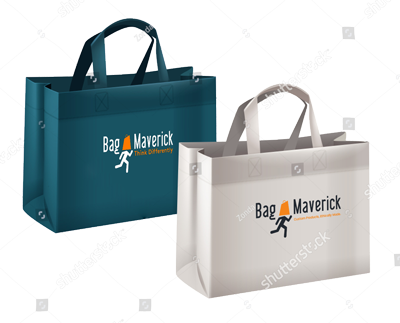 Canvas can easily be branded with your artwork using a variety of techniques. Learn more about each one here.
Canvas can easily be branded with your artwork using a variety of techniques. Learn more about each one here.
Choose from a range of print techniques :
• Screen Printing
• Digital Printing
• Transfer Printing
• CMYK Printing
• Tonal Printing
• Embroidery
• Foil Printing
• Glitter Printing
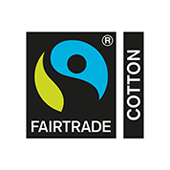



Did you know?
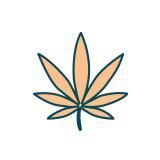
Canvas was originally woven from hemp whilst modern canvas is made from cotton
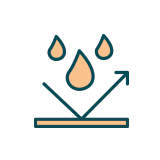
It is naturally water-resistant which is why it is often used to make outdoor products such as tents
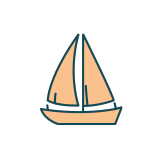
It is so durable and tear-resistant that it’s windproof which is why it is used to make sails
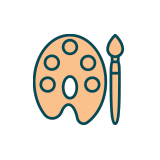
Amongst its many uses, canvas has been a popular material for oil paintings since the early 15th century


